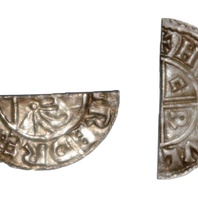
Viking Objects
Aethelred II Penny (LIN-8887C3)
A cut CRUX-type penny minted by Hundulf of York on behalf of King Aethelred II. While this coin is Anglo-Saxon, the fact that it has been cut may suggest that it was used as a part of a bullion transaction in line with the dual bullion-monetary economy established by the Vikings in England.
Read More
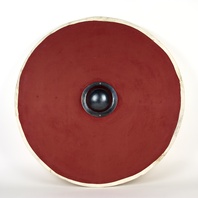
Viking Objects
Reproduction Shield
A reproduction shield based on examples from Gokstad and Trelleborg. The face is covered with linen, based on traces of linen found on the reverse of a shield boss at Cumwhitton, Cumbria. The rim was covered in wet, stretched rawhide which was allowed to shrink and dry in place. The iron, carinated boss is a type that is common on Viking Age sites in England and Scandinavia
Read More
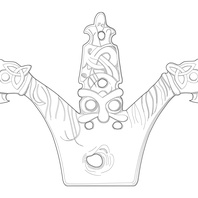
Viking Designs
Drawing of a Mystery Item
This is a drawing of a gilded, copper alloy object that was clearly affixed to something else. The gilding shows that it was high status but its function remains a mystery.
Read More
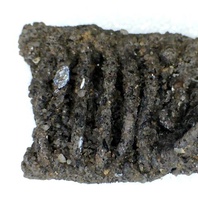
Viking Objects
Silver Wire Embroidery (1988/225-16)
This silver wire was found in Mound 11 at Heath Wood, Ingleby, Derbyshire. This burial mound contained fragments of the remains of an adult human together with the cremated remains of animals, including a small dog, a horse and sheep. The burial was accompanied by this silver wire, an iron spade shoe, some small iron nails and some corroded metalwork. The silver wire was found in two parts with traces of carbonised fibres attached. This suggests that it was probably attached to a piece of cloth. Silver and gold embroidery are known from a number of Viking Age graves, including from nearby Repton, Derbyshire, as well as further afield, e.g. Birka, Sweden. At Birka, wire embroidery was found on caps and headbands, although there is no reason to think that it was only used on headgear at all times.
Read More
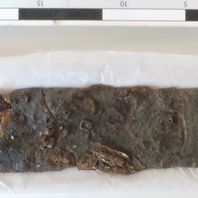
Viking Objects
Sword Blade (1987/590-2)
This fragment of a sword blade was found at the Viking cemetery at Heath Wood, Ingleby in Mound 1. It is incomplete and consists of a 385mm long section of the blade with a rounded tip. the blade has a fuller down the middle to reduce weight. The sword would probably have been over 900mm long when complete, so less than half the blade survives.
Read More
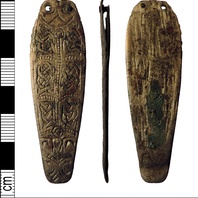
Viking Objects
Anglo-Saxon Zoomorphic Strap-End (NCMG 2003-27; T2001:2 ; 2002 T21)
A large silver strap-end with simple chevron decoration and six incised panels of ribbon knotwork divided by curved laddered frames. This strap-end is typical of ninth-century Anglo-Saxon design from the Yorkshire school. The border design is also found on the Trewhiddle type but due to its lower quality execution this strap-end is probably an imitation. Strap-ends came in various styles and were fairly common throughout the Viking world. They were used to decorate the ends of belts and to stop them getting damaged.
Read More
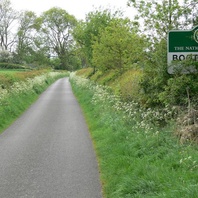
Viking Names
Boothorpe
Boothorpe, in the West Goscote Hundred of Leicestershire, probably comes from the Old Danish male personal name Bo (Old Norse Búi) and the Old Norse element þorp ‘outlying farm, settlement’. Alternatively, the first element of the place-name could be Old English boga or Old Norse bogi ‘bow’ which would be topographically appropriate because the settlement lies on a curving hilltop.
Read More
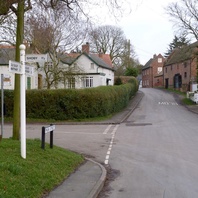
Viking Names
Shoby
Shoby, in the East Goscote Hundred of Leicestershire, is a Scandinavian compound from the Old Norse male personal name Sigvald, a reflexive of Sigvaldr/Sigvaldi and the Old Norse element by ‘a farmstead, a village’. It may replace an earlier place-name meaning ‘Sigewald’s fortification’ from Old English byrig (dative singular of burh).
Read More
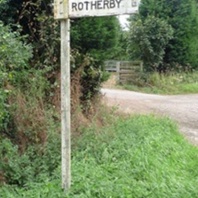
Viking Names
Rotherby
Rotherby, in the East Goscote Hundred of Leicestershire, comes from the Old Norse male personal name Hreiðarr and the Old Norse element by ‘farm, settlement’. The personal name here might be the same as that in Rearsby, Leicestershire. Later forms of the name show influence from Middle English rother ‘an ox’. Rotherby is now a joint parish with Hoby.
Read More
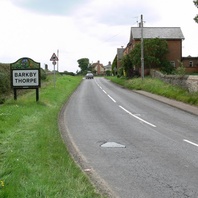
Viking Names
Barkby Thorpe
Barkby Thorpe, in the East Goscote Hundred of Leicestershire, is originally a simplex name from Old Norse þorp ‘a secondary settlement, a dependent outlying farmstead or hamlet’. This was a secondary settlement dependent on adjoining Barkby, thus the affix.
Read More
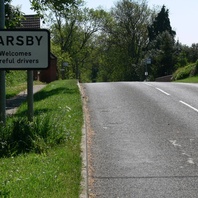
Viking Names
Barsby
Barsby, in the East Goscote Hundred of Leicestershire, likely comes from the Old Norse male personal name Barn, originally a byname from Old Norse barn ‘a child’, and the Old Norse element by ‘a farmstead, a village’. Alternatively, the first element may be barn itself.
